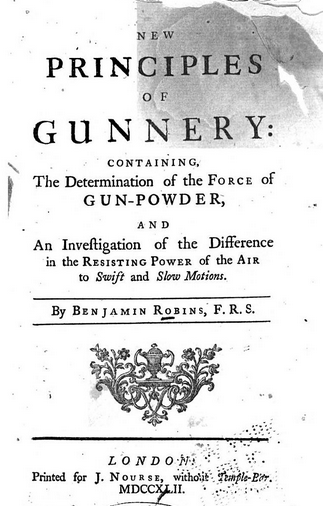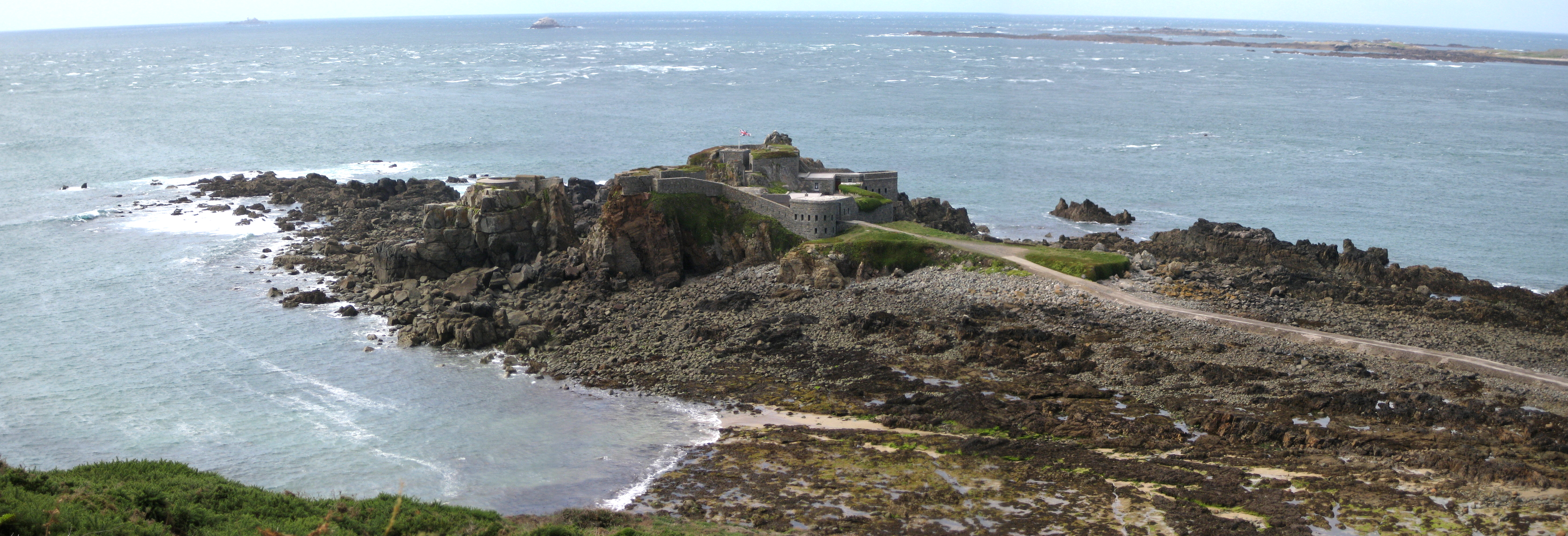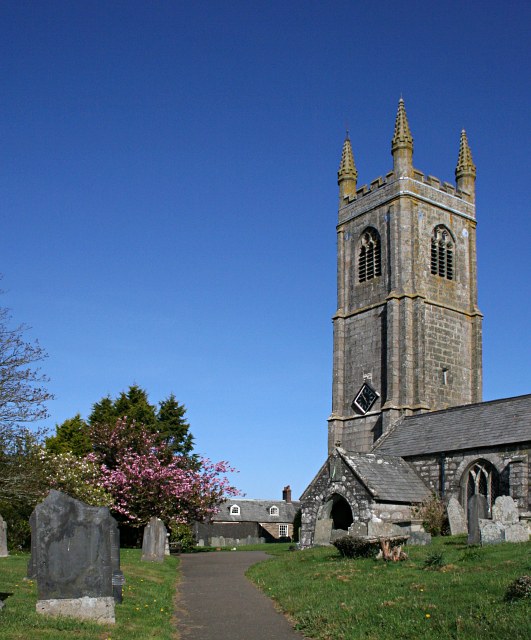|
John Call
Sir John Call, 1st Baronet (30 June 1731 – 1 March 1801) was an English engineer and baronet. He was born at Fenny Park, Tiverton, Devon, educated at Blundell's School and went to India at the age of 17 with Benjamin Robins, the chief engineer and captain-general of artillery in the East India Company's settlements. After the death of Robins, Call became engineer-in-chief, and eventually chief engineer with a seat on the Governor's Council. Robert Clive strongly recommended Call for the Governorship of Madras, but he had to return to England on the death of his father on 31 December 1766. On his return, he became High Sheriff of Cornwall for 1771–72 and was elected MP for Callington in 1784, a seat he held until his death. In 1784 he also became a partner in the Pybus and Son banking house and was created the 1st Baronet Call in 1791. Call built Whiteford House near Stoke Climsland, Cornwall (demolished in 1913) and the nearby folly, Whiteford Temple, now owned by the ... [...More Info...] [...Related Items...] OR: [Wikipedia] [Google] [Baidu] |
Callington (UK Parliament Constituency)
Callington was a rotten borough in Cornwall which returned two Members of Parliament to the House of Commons in the English and later British Parliament from 1585 to 1832, when it was abolished by the Reform Act 1832. History The borough consisted of most of the town of Callington in the East of Cornwall. Callington was the last of the Cornish rotten boroughs to be enfranchised, returning its first members in 1585; like most of the Cornish boroughs enfranchised or re-enfranchised during the Tudor period, it was a rotten borough from the start, and was never substantial enough to have a mayor and corporation. The right to vote in Callington was disputed until a decision of the House of Commons in 1821 settled it as resting with "freeholders of the borough and ... life-tenants of freeholders, resident for 40 days before the election and rated to the poor at 40 shillings or more". This considerably enlarged the electorate, for there had been only 42 voters in the borough in 1816, bu ... [...More Info...] [...Related Items...] OR: [Wikipedia] [Google] [Baidu] |
Benjamin Robins
Benjamin Robins (170729 July 1751) was a pioneering British scientist, Newtonian mathematician, and military engineer. He wrote an influential treatise on gunnery, for the first time introducing Newtonian science to military men, was an early enthusiast for rifled gun barrels, and his work had substantive influence on the development of artillery during the latter half of the eighteenth century – and directly stimulated the teaching of calculus in military academies. Early life Benjamin Robins was born in Bath. His parents were Quakers in poor circumstances, and as a result, he received very little formal education. Having come to London on the advice of Dr. Henry Pemberton (1694–1771), who had recognised Robins's talents, for a time he maintained himself by teaching mathematics, but soon devoted himself to engineering and the study of fortification. Scientific gunnery In particular he carried out an extensive series of experiments in gunnery, embodying his results in hi ... [...More Info...] [...Related Items...] OR: [Wikipedia] [Google] [Baidu] |
Oxford University Press
Oxford University Press (OUP) is the university press of the University of Oxford. It is the largest university press in the world, and its printing history dates back to the 1480s. Having been officially granted the legal right to print books by decree in 1586, it is the second oldest university press after Cambridge University Press. It is a department of the University of Oxford and is governed by a group of 15 academics known as the Delegates of the Press, who are appointed by the vice-chancellor of the University of Oxford. The Delegates of the Press are led by the Secretary to the Delegates, who serves as OUP's chief executive and as its major representative on other university bodies. Oxford University Press has had a similar governance structure since the 17th century. The press is located on Walton Street, Oxford, opposite Somerville College, in the inner suburb of Jericho. For the last 500 years, OUP has primarily focused on the publication of pedagogical texts an ... [...More Info...] [...Related Items...] OR: [Wikipedia] [Google] [Baidu] |
Oxford Dictionary Of National Biography
The ''Dictionary of National Biography'' (''DNB'') is a standard work of reference on notable figures from British history, published since 1885. The updated ''Oxford Dictionary of National Biography'' (''ODNB'') was published on 23 September 2004 in 60 volumes and online, with 50,113 biographical articles covering 54,922 lives. First series Hoping to emulate national biographical collections published elsewhere in Europe, such as the '' Allgemeine Deutsche Biographie'' (1875), in 1882 the publisher George Smith (1824–1901), of Smith, Elder & Co., planned a universal dictionary that would include biographical entries on individuals from world history. He approached Leslie Stephen, then editor of the '' Cornhill Magazine'', owned by Smith, to become the editor. Stephen persuaded Smith that the work should focus only on subjects from the United Kingdom and its present and former colonies. An early working title was the ''Biographia Britannica'', the name of an earlier eig ... [...More Info...] [...Related Items...] OR: [Wikipedia] [Google] [Baidu] |
Society Of Antiquaries Of London
A society is a group of individuals involved in persistent social interaction, or a large social group sharing the same spatial or social territory, typically subject to the same political authority and dominant cultural expectations. Societies are characterized by patterns of relationships (social relations) between individuals who share a distinctive culture and institutions; a given society may be described as the sum total of such relationships among its constituent of members. In the social sciences, a larger society often exhibits stratification or dominance patterns in subgroups. Societies construct patterns of behavior by deeming certain actions or concepts as acceptable or unacceptable. These patterns of behavior within a given society are known as societal norms. Societies, and their norms, undergo gradual and perpetual changes. Insofar as it is collaborative, a society can enable its members to benefit in ways that would otherwise be difficult on an individu ... [...More Info...] [...Related Items...] OR: [Wikipedia] [Google] [Baidu] |
Fellow Of The Royal Society
Fellowship of the Royal Society (FRS, ForMemRS and HonFRS) is an award granted by the judges of the Royal Society of London to individuals who have made a "substantial contribution to the improvement of natural knowledge, including mathematics, engineering science, and medical science". Fellowship of the Society, the oldest known scientific academy in continuous existence, is a significant honour. It has been awarded to many eminent scientists throughout history, including Isaac Newton (1672), Michael Faraday (1824), Charles Darwin (1839), Ernest Rutherford (1903), Srinivasa Ramanujan (1918), Albert Einstein (1921), Paul Dirac (1930), Winston Churchill (1941), Subrahmanyan Chandrasekhar (1944), Dorothy Hodgkin (1947), Alan Turing (1951), Lise Meitner (1955) and Francis Crick (1959). More recently, fellowship has been awarded to Stephen Hawking (1974), David Attenborough (1983), Tim Hunt (1991), Elizabeth Blackburn (1992), Tim Berners-Lee (2001), Venki Ramakrishn ... [...More Info...] [...Related Items...] OR: [Wikipedia] [Google] [Baidu] |
Bodmin Gaol
Bodmin Jail (alternatively Bodmin Gaol) is a historic former prison situated in Bodmin, on the edge of Bodmin Moor in Cornwall. Built in 1779 and closed in 1927, a large range of buildings fell into ruin, but parts of the prison have been turned into a tourist attraction, and more recently another large part was converted into a hotel. History Bodmin Gaol was designed by Sir John Call and built in 1779 by prisoners of war, and was operational for 150 years, in which it saw over 50 public hangings. It was the first British prison to hold prisoners in individual cells. The jail closed in 1927. Since that date, there has been no prison within the county of Cornwall. During World War I, the prison was used for holding some of Britain's national treasures including the Domesday Book and the Crown Jewels of the United Kingdom. Today Bodmin Jail is now a hotel as of 2021 and after redevelopment that started in 2015, Bodmin Jail Limited now operates as a museum, gift shop and ... [...More Info...] [...Related Items...] OR: [Wikipedia] [Google] [Baidu] |
Kit Hill
Kit Hill ( kw, Bre Skowl), at 334 metres high, dominates the area between Callington and the River Tamar in southeast Cornwall, England, UK. The word 'Kit' comes from Old English for kite, a reference to birds of prey (and not specifically the red kite). Buzzards and sparrowhawks can still be seen on the hill. It is one of five Marilyn hills in Cornwall, the four others are Watch Croft, Brown Willy, Carnmenellis and Hensbarrow Beacon. Geography Kit Hill Country Park (which includes the hill and surrounding areas), was given to the people of Cornwall in 1985 to mark the birth of Prince William, by his father, the Duke of Cornwall (Prince Charles). It is managed by Cornwall Council,Exploring Cornish Mines - Vol. 4. and consists of some 400 acres (152 hectares), making it the most dominant landscape feature in East Cornwall. Kit Hill is the highest point in the Tamar Valley Area of Outstanding Natural Beauty. The hill was formed in the same way as nearby Bodmin Moor by the i ... [...More Info...] [...Related Items...] OR: [Wikipedia] [Google] [Baidu] |
Landmark Trust
The Landmark Trust is a British architectural conservation, building conservation charitable organization, charity, founded in 1965 by John Smith (Conservative politician), Sir John and Lady Smith, that rescues buildings of historic interest or architectural merit and then makes them available for holiday rental. The Trust's headquarters is at Shottesbrooke in Berkshire. Most Trust properties are in England, Scotland and Wales. Several are on Lundy Island off the coast of north Devon, operated under lease from the National Trust for Places of Historic Interest or Natural Beauty, National Trust. In continental Europe there are Landmark sites in Belgium, France and Italy. Five properties are in the United States — all in Vermont — one of which, Naulakha (Rudyard Kipling House), Naulakha, was the home of Rudyard Kipling in the 1890s. The Trust is a charity registered in England & Wales and in Scotland. The American sites are owned by an independent sister charity, Landmark Trus ... [...More Info...] [...Related Items...] OR: [Wikipedia] [Google] [Baidu] |
Stoke Climsland
Stoke Climsland is a village in the valley of the River Tamar, Cornwall, England, United Kingdom within the civil parish of Stokeclimsland. The population of the parish including Luckett at the 2011 census was 1,703. An electoral ward of the same name also exists. At the same census the population was 3,703. History The manor of Climsland was one of the seventeen Antiqua maneria of the Duchy of Cornwall. The manor was recorded in the Domesday Book (1086) as Climson; there were 5 hides of land and land for 24 ploughs. One hide was held by the lord (with 3 ploughs and 9 serfs) and 30 villeins and 30 smallholders had 17 ploughs and 4 hides of land. There were also 3 acres of meadow, 16 square leagues of pasture and 3 square leagues of woodland. The income from the manor was £6 sterling. In the 12th century, Climsland became part of a royal deer park called Kerrybullock, or Carrybullock, until it was disparked by Henry VIII in the 16th century. The park was mentioned in 1282 and ... [...More Info...] [...Related Items...] OR: [Wikipedia] [Google] [Baidu] |
Whiteford House
Whiteford House was an English country house near Stoke Climsland, Cornwall. It was built in 1775 by John Call and demolished in 1913. History There had been a house at Whiteford since around the 13th century, owned by various families. The estate was sold to John Call in 1763. His son, also named John, became High Sheriff of Cornwall in 1771, and built Whiteford House in 1775 after returning from working in the East India Company. It was described as having "a handsome front" and as well as being lavishly designed, the house included a "looking-glass room" where a post boy was reportedly held prisoner by a parlour maid. Little of the house survives. Some fragments are incorporated in the house of the agent of the home farm, i.e. a Tuscan Doric porch and some tripartite windows. Call's descendants retained ownership of the house until 1870. The estate was briefly owned by the Montague family before being sold to the Prince of Wales in 1879 and the mansion was converted into a ... [...More Info...] [...Related Items...] OR: [Wikipedia] [Google] [Baidu] |
High Sheriff Of Cornwall
Sheriffs and high sheriffs of Cornwall: a chronological list: The right to choose high sheriffs each year is vested in the Duchy of Cornwall. The Privy Council, chaired by the sovereign, chooses the sheriffs of all other English counties, other than those in the Duchy of Lancaster. This right came from the Earldom of Cornwall. In the time of earls Richard and Edmund, the steward or seneschal of Cornwall was often also the sheriff. Sheriffs before the 14th century 14th-century sheriffs 15th-century sheriffs {{columns-list, colwidth=30em, *1400–1404: Henry of Monmouth{{sfn, Hughes, 1898, p=21{{sfn, Polsue, 1872, p=122{{sfn, Polwhele, 1816, p=106 **28 October 1400: Sir William Marney undersheriff{{sfn, Hughes, 1898, p=21 **Michaelmas 1401: Sir John Trevarthian undersheriff{{sfn, Hughes, 1898, p=21 **Easter 1402: Sir John Arundell undersheriff,{{sfn, Hughes, 1898, p=21 of Lanherne **6 October 1402: William Bodrugan undersheriff{{sfn, Hughes, 1898, p=21 **22 October ... [...More Info...] [...Related Items...] OR: [Wikipedia] [Google] [Baidu] |

.jpg)



